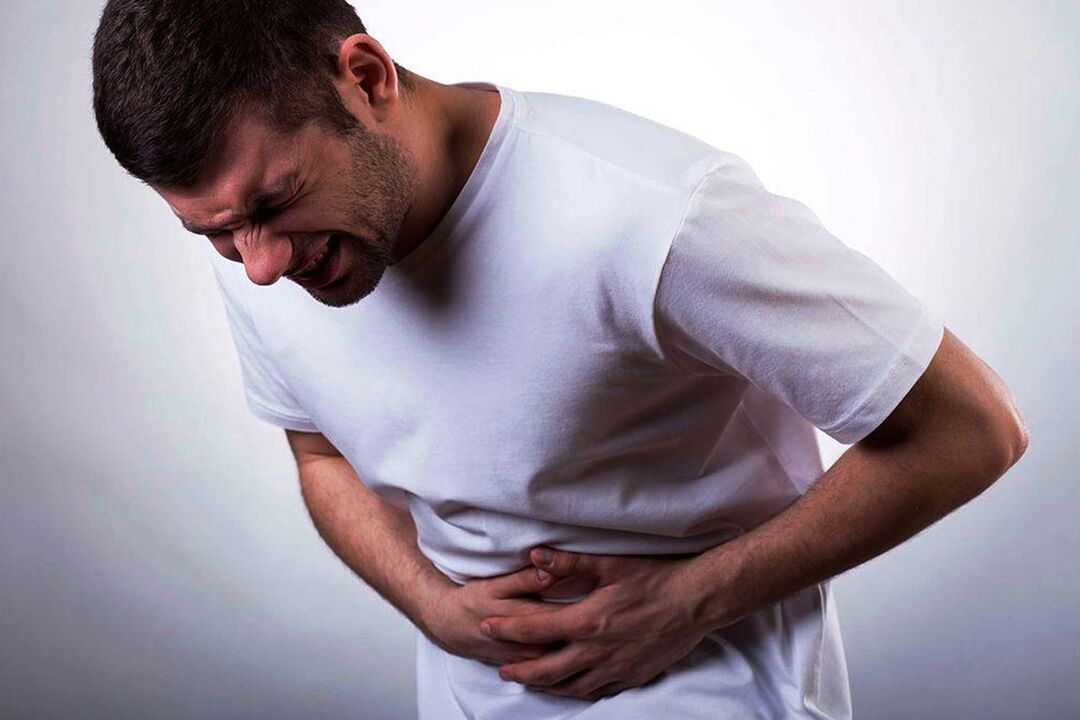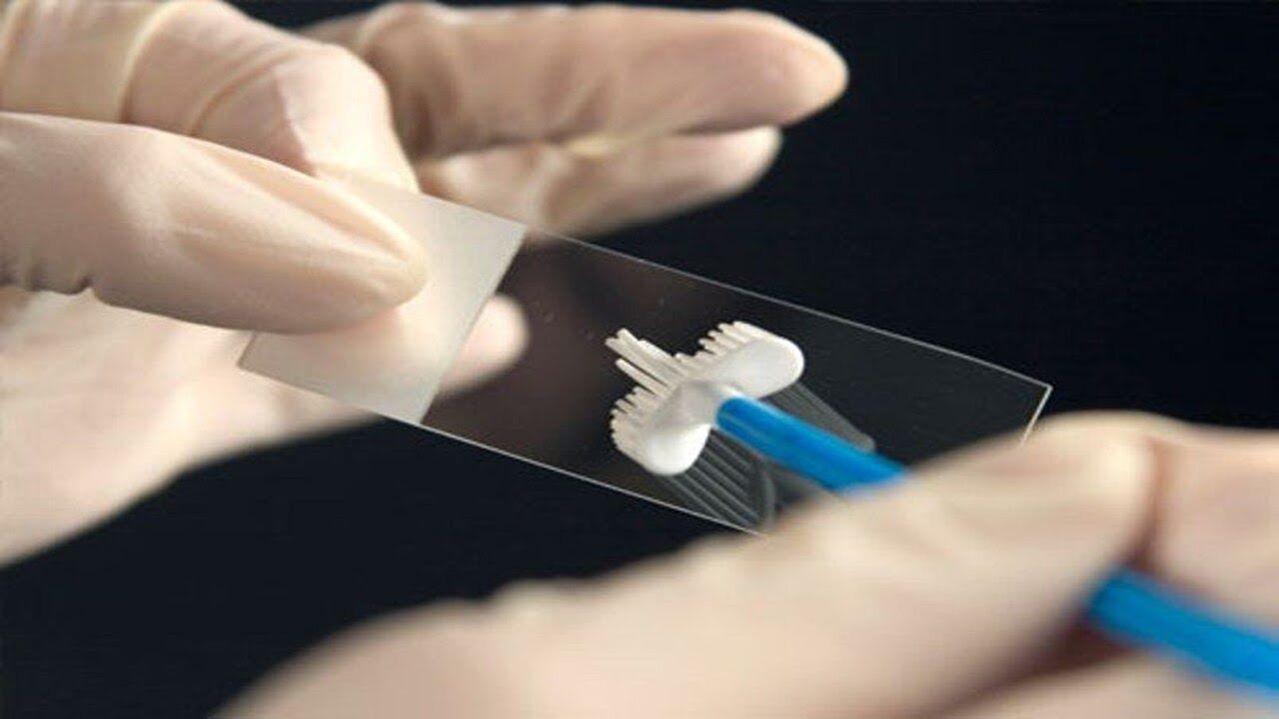Speaking about helminths in humans, the symptoms of which are familiar to many since childhood, one cannot ignore the fact that they are conditionally divided into several classes. Different types of parasites differ not only in the form of damage to the human body, but also in the type of infection. Some of them are specific. For example, for hunters, this is trichinosis, which is found in large quantities in wild birds, less often in ungulates. But how to correctly determine by the symptoms that a person has worms, and what methods of getting rid of them are suggested by modern medicine?
routes of infection
Worms in humans appear in 99% of cases due to a violation of elementary norms of personal hygiene. And they get into the body by the oral-faecal route, that is, through contact with the waste products of some animals or infected people (it's quite enough to visit a public toilet). It is impossible to show the exact signs of the disease (spread of parasites) in the human body, since there are many types of worms and each of them has its own clinical picture. And even these complex preparations used to destroy them affect only 2-3% of the world's most common species of helminths. These include: pinworms, trichinosis, diphyllobothriasis, tapeworms, etc. These are the ones that are most common in our body. However, their greatest diversity is found in Africa, where only 1 in 10 people are healthy. In them, helminths are infected mainly through water that does not go through the necessary stages of purification and is just teeming with pathogens and parasites.
Considering the types of worms in humans, it is necessary to pay attention to those that enter the body through the meat of infected animals. These include, for example, the same pinworms that are mainly found in the soil. But as soon as they get on the meat, they begin to actively multiply. By the way, their distributors are often flies.
It is not uncommon for infection to occur via well water. And filters will not help here - the liquid is only passed through a special warming station, where it warms up to about 80-100 ° C. However, these are quite expensive, which is why they are rarely installed in practice.
And of course, if worms are found in a person, it means that he is also a carrier of the parasite. Helminths can also be transmitted through handshakes if the patient does not wash their hands thoroughly after using the toilet. For this reason, anyone can become infected, regardless of place of residence, social status.
Note that helminths are most common in children. There are mutliple reasons for this:
- Parents pay little attention to their children's hygiene, they do not tell about the basic rules that before eating after using the toilet you must wash your hands with soap and water.
- The child's body is less resistant to helminths. Accordingly, even a few pinworms can lead to the rapid spread of parasites in the baby's body.

By the way, when talking about pinworms, remember that these are helminth worms that cannot reproduce in the human body. That is, their distribution occurs only when the eggs return to the oral cavity. Accordingly, if an infected person adheres to strict rules of hygiene, after 3-4 weeks he will be completely healthy - part of the helminths will be destroyed by immunity, the rest will naturally leave the body along with feces.
varieties of parasites
What helminths are considered the most common in the world? Of course, pinworms, which can be found in almost every country on our planet. This is because they are free to infect and transmit both humans and pets, including through food and water. The symptoms of their appearance in the body are classic: violation of the stool, functions of the gastrointestinal tract, signs of primary intoxication.

Such types of parasites as roundworms are predominantly found in domestic and wild animals, but they almost never infect humans. They easily enter our body but die within a few days. In severe cases, for example, when the patient's immunity is severely weakened, parasites settle in the lungs, sometimes in the liver, which is accompanied by a sharp increase in temperature. At the same time, as a rule, roundworms are clearly visible in the feces even with a visual examination.
Trichinosis is another type of helminth that enters the body mainly through poorly processed (thermal) meat of fish and animals. It causes muscle pain, sometimes swelling of the face, and general intoxication of the body.
However, the most dangerous among the common worms is the tapeworm, since it can even cause a convulsive attack, since its metabolites adversely affect the functioning of the nervous system. It is also dangerous that this type of helminth can safely live in our body for about 30 years and grows up to several meters in length. In the later stages of infection, it can only be removed surgically as it can form tunnels in the organs for rapid movement.
Schistosomiasis - helminths, more common in men (this is due to the differences inherent in urination in men and women). Infection with such worms is accompanied by several symptoms, and in severe cases, helminths can leak through the urethra. It should be noted that these types of worms are more common in Africa, as infection is only through water or food.

symptoms of pathology
How to find out that a person has been exposed to helminths in the body? In the early stages - only through a comprehensive blood test, as well as feces, urine. In the laboratory, they study the change in the composition of these substances, the change in the background of antibodies. However, roundworms and pinworms are easily detected even with a swab from the rectal cavity. Such an analysis is necessarily carried out when passing a medical commission at school after receiving a health book.

However, the primary symptoms of infection with worms appear much later, when their number in the body increases significantly, and this is accompanied by poisoning with the waste products of parasites. For example, if we talk about flatworms, the patient may not know about them even several years after the onset of infection. Suspicion causes only a rapid decrease in body weight (despite following a healthy diet), as well as lethargy. By the way, many people know that in the 19th century (as well as the beginning of the 20th century) worms were widely used in medicine to quickly get rid of excess body weight. But only until scientists found that such therapy is irreparably harmful to health.
Talking about helminths, it should be remembered that most of them can cause allergic reactions. And this is perhaps one of the most dangerous symptoms. In some patients, this can lead to sudden anaphylactic shock and even death from rapid airway inflammation. And all this is due to the fact that in the waste products of helminths there is a large percentage of substances that cause allergies. Strongyloidiasis is the most common worm whose symptoms include such a reaction.
Doctors often use the so-called symptomatic test for diagnosis. This is a small sheet of about 20 questions. They offer to describe how often a person has a headache, after eating, what kind of food diarrhea begins, etc. In 80% of cases, the test results are reliable, which is why many doctors still use such diagnostic tools.
therapeutic measures
Given that worms exist and how different they are from each other, they should be treated with different means. Most types of helminths are easily eliminated through the use of pesticides. These in turn destroy the microflora that is positive for them and thus make the body temporarily unviable. However, the use of such drugs is quite harmful to our immunity, so they should be used only as prescribed by the attending physician.

Do not forget that all worms are conditionally divided into round, flat and fluke, and various types of anthelmintic preparations are used to get rid of them. The diversity of parasites, despite the harsh climate, still remains high - over 70 subspecies. When determining the dose of pesticide used, it is also necessary to take into account such factors as the patient's age, body weight and the duration of infection (conditional, based on complex analytical data).
Nevertheless, most helminths can be easily eliminated with the help of anthelmintics. However, remember that you need to be treated within 3-4 months after completing 2 cycles of therapy. And here it will be very important to follow a strict diet, weight control recommendations.
Symptoms, treatment inherent in one or another type of parasite practically in no way depend on its subtype. For the most part, the clinical picture depends only on the physiological characteristics of a particular patient and the time that has passed since infection.
Precautions
As mentioned above, the most effective prevention of helminths is the observance of elementary rules of personal hygiene, eating only well-treated food. But those who love meat with blood belong to the most vulnerable category of patients, in which worms are found in almost 97% of cases. The same goes for those who like to eat fresh vegetables and fruits from the store or market without washing them under running water afterwards. And all due to the fact that people who work at harvest do not follow hygiene (because it is not provided by the employer).
So, to be sure that a person's symptoms, with which he goes to the clinic, are in no way related to helminthiasis, he also takes blood, feces and urine tests. Finally, some types of worms cause symptoms similar to those of an infectious lesion. This includes, for example, diphyllobothriasis, the infection of which is very similar to a simple flu disease. However, such a reaction of the body is precisely associated with the properties of toxins that the parasite releases into our body. This is accompanied by a sharp increase in body temperature, runny nose and sore throat. But it's all due to dehydration. And these roundworms and the toxins they excrete cause the same symptoms as with a violation of the gastrointestinal tract.








































